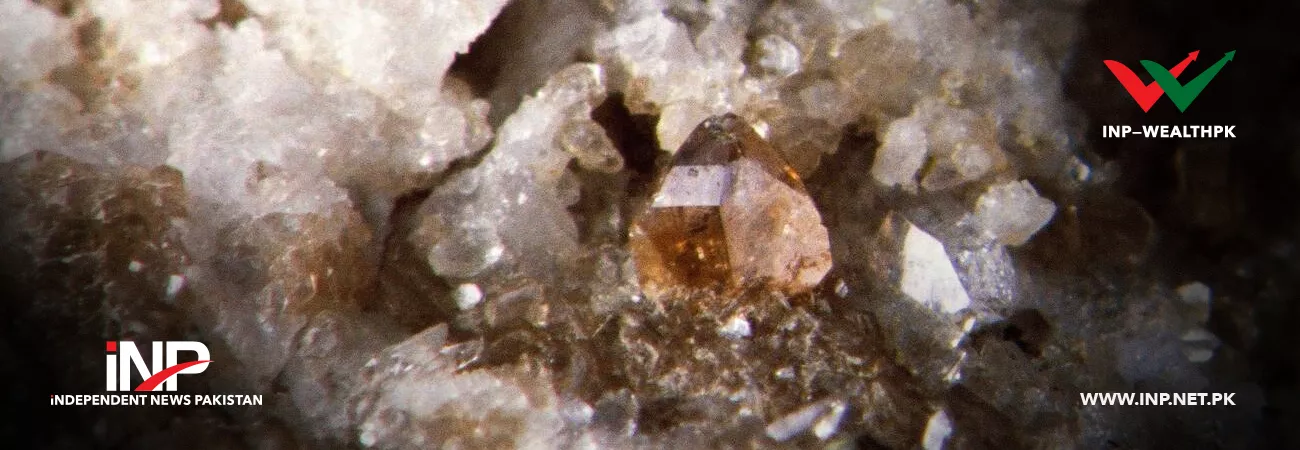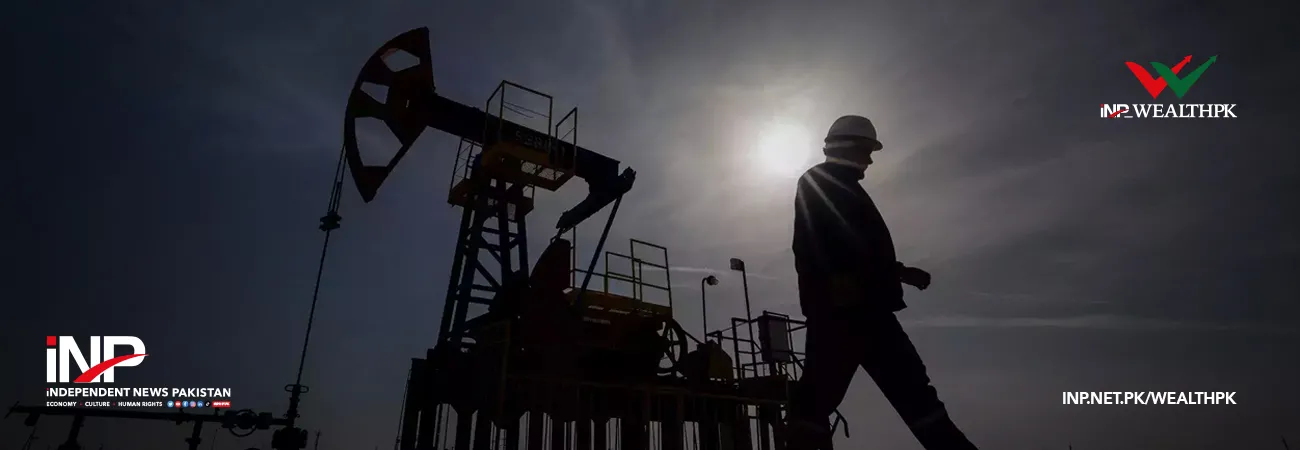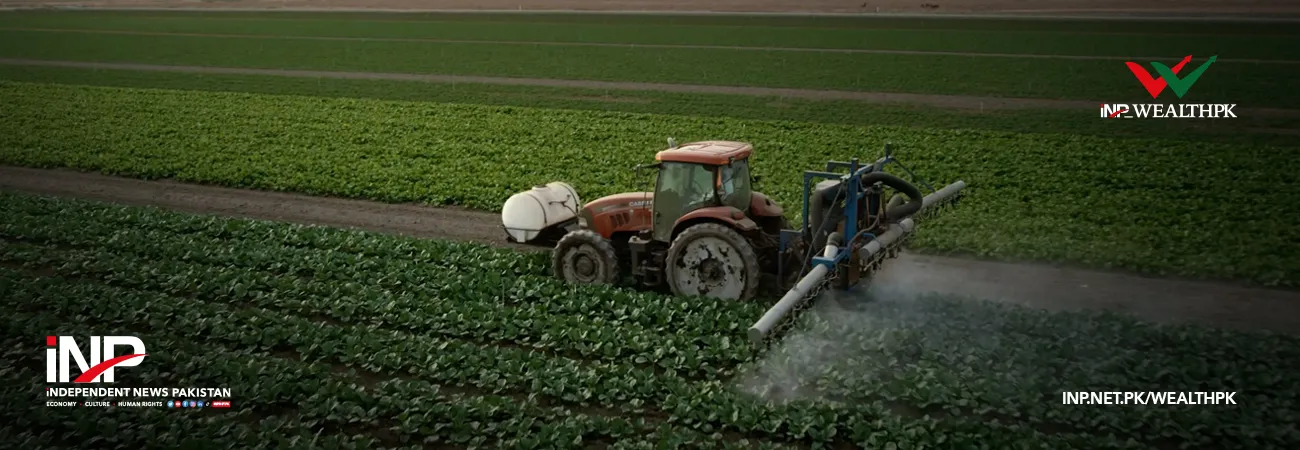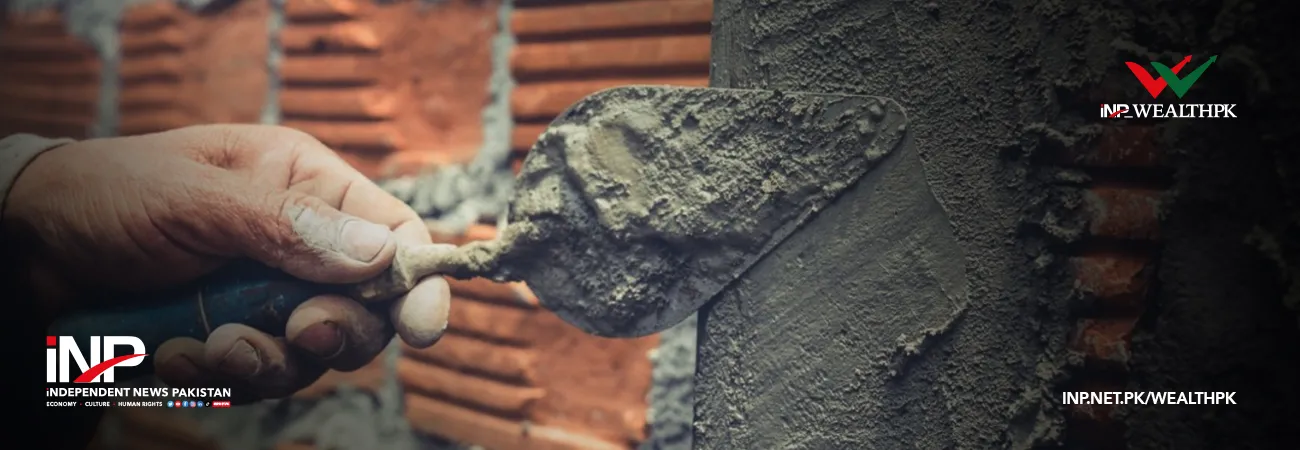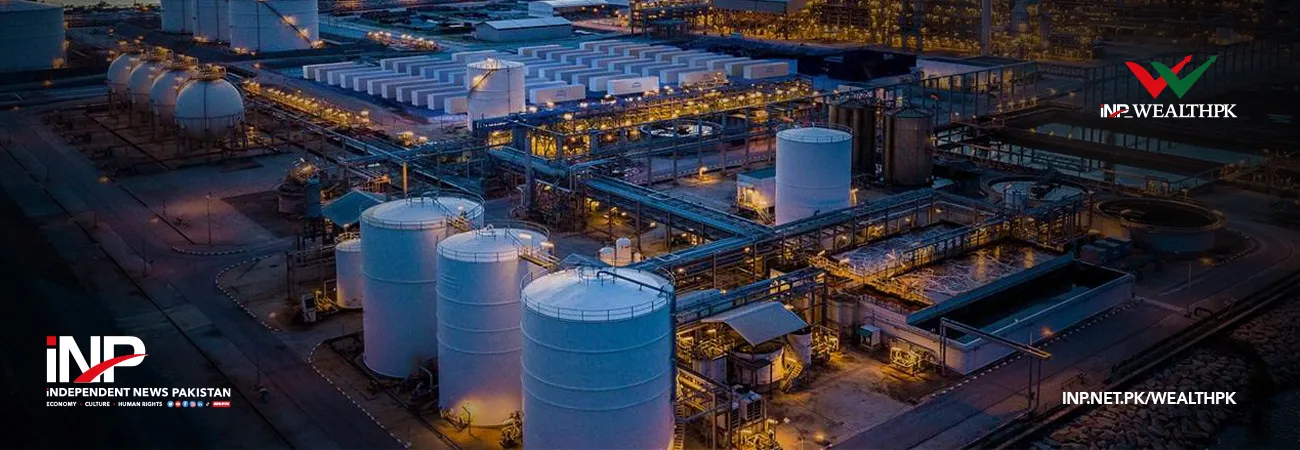INP-WealthPk
Faiza Tehseen
Pakistan has sufficient quantities of monazite – a phosphate mineral containing rare earth metals uranium, lanthanum, cerium and thorium – whose extraction and processing can earn a fortune for the state wallets, reports WealthPK.
Monazite has been reported in the provinces of Khyber Pakhtunkhwa and Gilgit-Baltistan as an accessory mineral from alkaline igneous rocks and Bastnasite-bearing rocks. Every single component of this precious ore has a unique industrial and economic value. Monazite constituents – uranium and thorium – produce helium gas that has wide industrial applications.
Helium is used in aerospace and aircraft industry, electronics, cryogenics, automotive and transportation equipment, welding and metal fabrication, inert atmosphere for making fibre optics and semiconductors, arc welding, leaks detection in air conditioning systems, inflating car airbags, cleaning fuel tanks (used for liquid hydrogen and oxygen as fuels), coolant for nuclear reactors, refrigeration, healthcare, scientific research, and diving, etc. Mostly, it is used to power nuclear reactors.
Pakistan is one of the top markets of helium, with at least 90 shipments of different quantities annually from around 21 international destinations. The United Arab Emirates, Saudi Arabia, and Algeria are large exporters of helium to Pakistan. It is imported under three HS product category codes i.e., HSN 28042900, HSN code 73110090, and HSN 28046900.
Since the country has sufficient quantities of monazite in the KP and GB provinces, indigenous processing of helium and export of excess gas can help save a lot of foreign exchange spent on its import.
The global market size of helium was estimated to grow to US$3.9 billion by the year 2031 at a compound annual growth rate (CAGR) of 4.1% from US$2.7 billion in 2021 (base year). Globally, the first commercial supplies of helium were generated from monazite.
Owing to variability in composition, Monazite is considered a group of minerals or an accessory mineral. Monazite sands are often used in construction and casting. The international Uranium market was worth US$2648.85 million in 2021 and is expected to grow to US$3272.84 by the year 2027 at a CAGR of 3.6%.
The global lanthanum market size is likely to be worth US$687.8 million by the year 2026 compared to US$490.4 million in the year 2020. Lanthanum oxide is used to make a special optical glass, and its salts are used in catalysts to refine petroleum.
Globally, the cerium market size was valued at US$253.4 million in 2020 and is expected to grow at a CAGR of 3.8% by the year 2028. Industrially, cerium/cerium oxide is used to manufacture glass, carbon arc light, glass polishing agents, etc.
Thorium is making its place as a substitute for Uranium. It was 4387th most traded item globally in 2020 with a trade value of US$37.9 million. It is used to produce gas mantles, electronic equipment coatings, nuclear reactors, refractory metals, heat-resistant ceramics, automobiles, camera lenses, radiometric dating, alloying elements, tungsten coatings, etc.
In a discussion with WealthPK, Principal Geologist at the Global Mining Company and former GM Geology at the Pakistan Mineral Development Corporation (PMDC) Muhammad Yaqub said, “Monazite is a phosphate mineral, mostly found in orange, brown, and purple colors. It is highly resistant to extreme weather changes and is considered an accessory mineral with no specific major component. It is a highly radioactive material due to the presence of cerium, lanthanum, thorium, and uranium. It has been reported in Khyber Pakhtunkhwa and Gilgit-Baltistan as an accessory mineral from the alkaline igneous rocks and Bastnasite-bearing rocks. However, no official data is available to show its exact quantification.”
Sharing his views with WealthPK about monazite, geologist and miner Imran Babar said, “Pakistan is fortunate to have sufficient quantities of monazite. It is found in many forms in the country, i.e., crystals, grains, placers, etc. It is not extracted at the government level and is mined by few private persons from Zagi mountain, Kafoor Dheri and also from the placer deposits of Balochistan, e.g., Dasht-e-Laila. Due to the negligence of official authorities and lack of education in miners, it is taken out of Pakistan as scheelite due to its closed resemblance. In this way, precious rare mineral resources of Pakistan are being wasted. This situation must be strictly checked.
Credit: Independent News Pakistan-WealthPk



